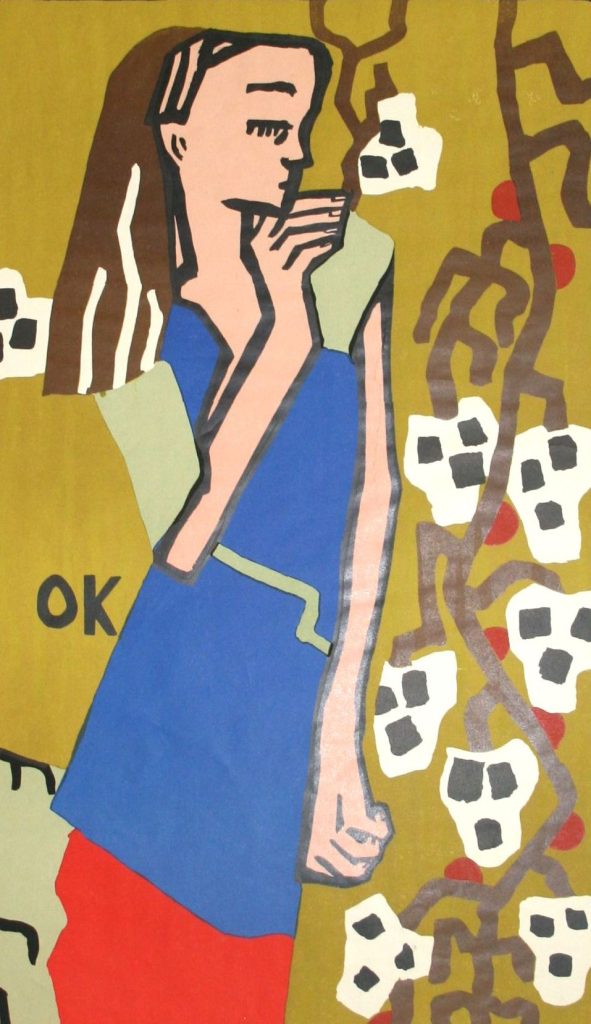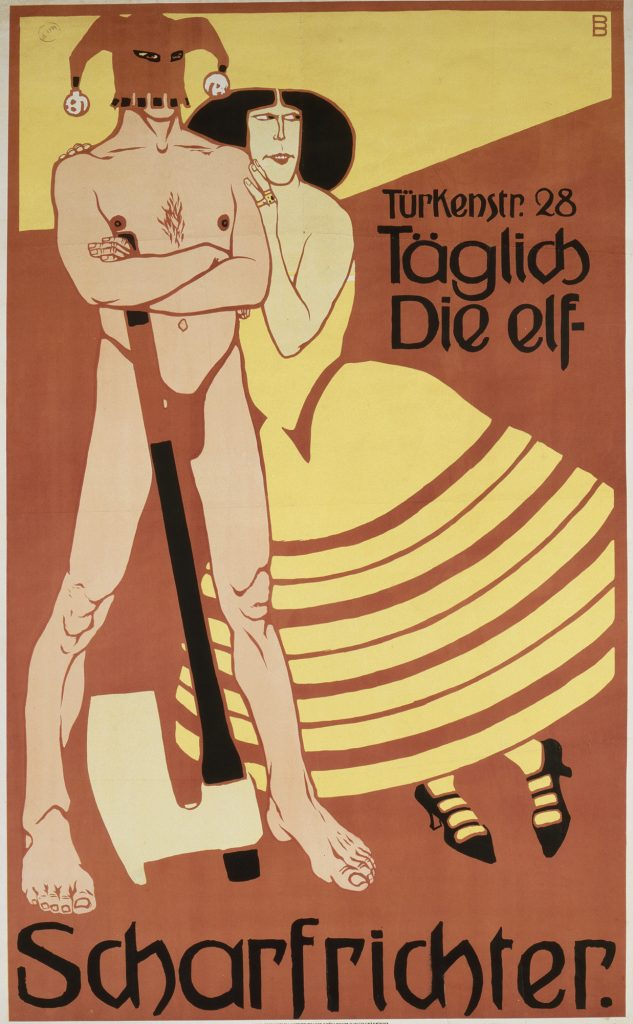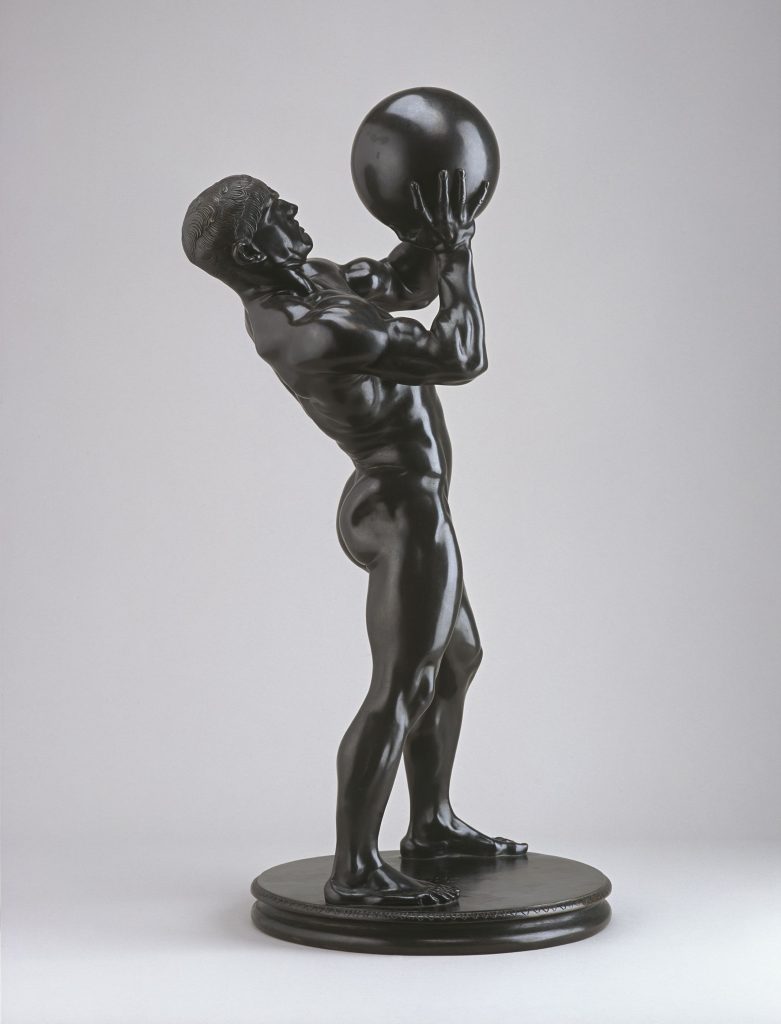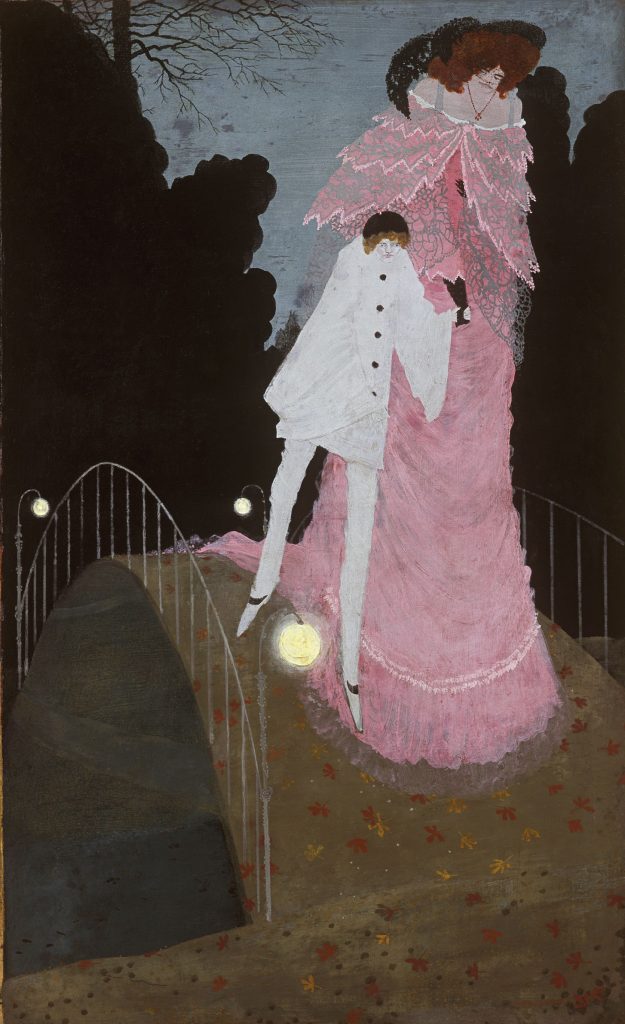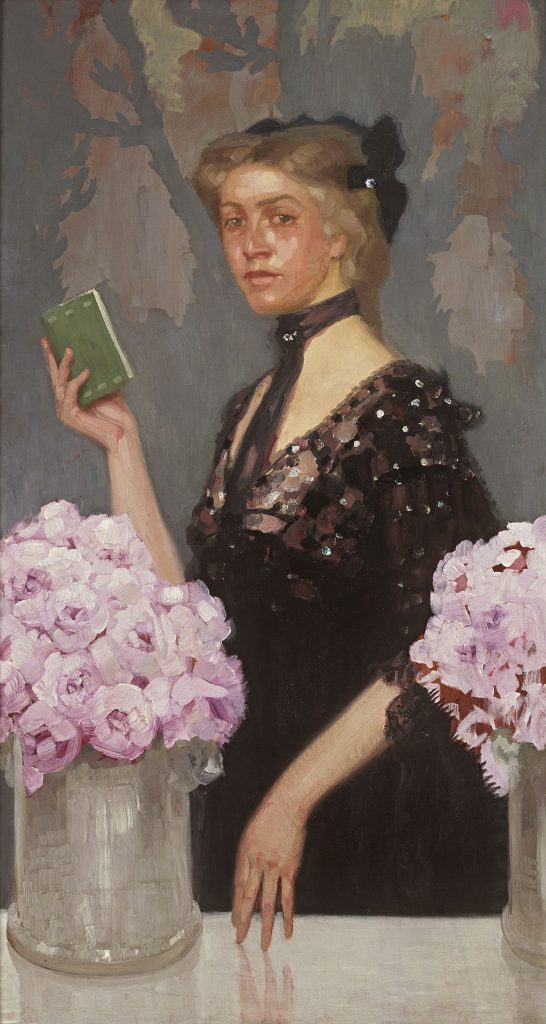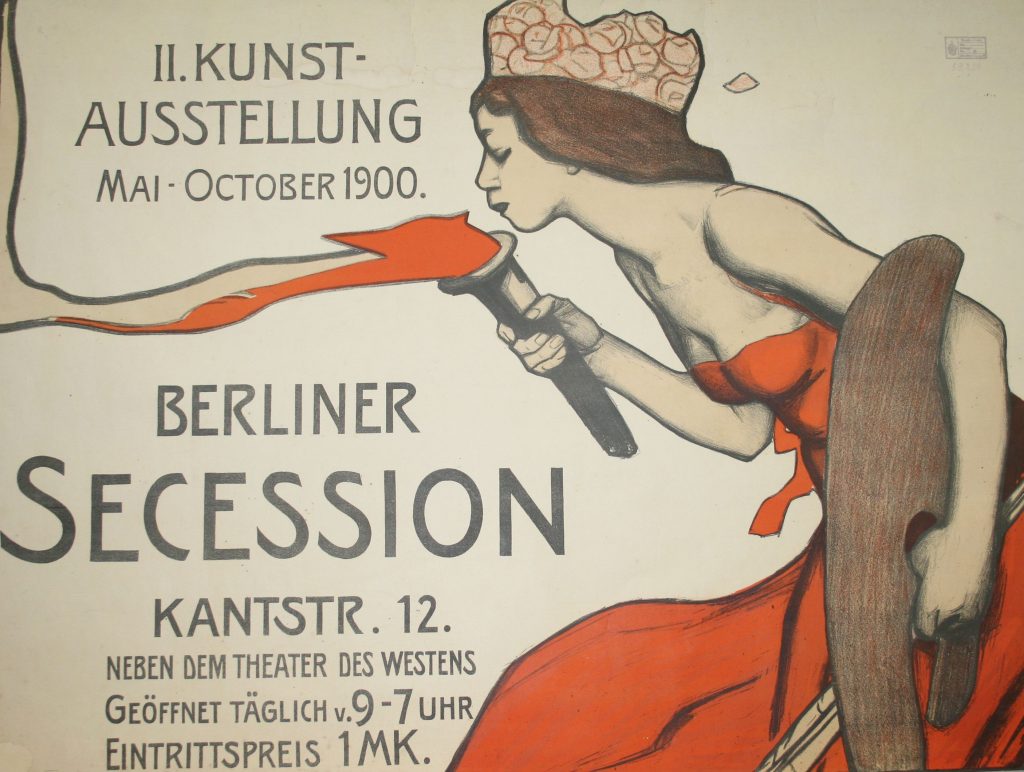Art around 1900. Breaches and Contradictions
The turn of the last century was a period of socio-political breaches and contradictions which were also reflected in the arts. The officially recognised and state sponsored academic art was focussed on a strict set of technical rules. Idealised depictions of literary, mythological and historical themes gained attention. The emerging avant-garde tendencies began to break with this conventional academism. New artistic forms of expression began to be developed, particularly in the art metropolis of Paris and extending from there across national borders. These tendencies took a position that was opposed to an academism considered to be outmoded. The stylistic schools of Naturalism, Impressionism, Symbolism, Art Nouveau and Expressionism developed in swift succession and partly parallel to one another.
Alfred Gunzenhauser was enthusiastic about these different art schools at the turn of the century with the result that the Stiftug Gunzenhauser includes important works of European art created between the years 1980 and 1914. Along with several valuable paintings and a number of sculptures, the art lover devoted his attention above all to works on paper. The works he collected provide a differentiated view of the period around 1900, which was marked by breaches and contradictions.


